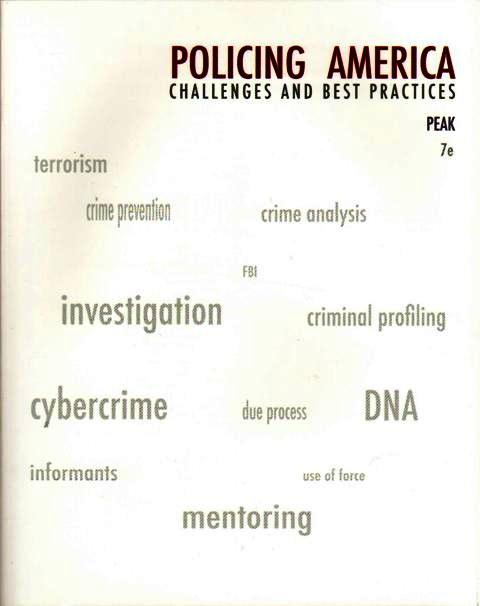- Home
- Books
- New!
- Firefighting
- Training
- Technical
- Arson
- Building Construction
- Chief Officer / Fire Officer III & IV
- Company Officer / Fire Officer I & II
- Exam Prep and Assessment Centers
- FDNY
- Firefighter I & II
- Hazardous Materials
- Incident Command / NIMS
- Instructor
- Management
- Prevention and Protection
- Pumping Apparatus and Hydraulics
- Reference
- Rescue
- Rural and Volunteer Firefighting
- Safety
- Structural Firefighting
- Suppression
- Terrorism
- Wildland Firefighting
- For Aspiring Firefighters
- Apparatus
- Fire Stations
- Police
- EMS
- Military
- Apparatus and Vehicles
- Biographies and Memoirs
- Disasters
- Health and Fitness
- History
- Human Interest
- Leadership
- Public Education
- Field and Pocket Guides
- Calendars
- WNYF
- By Region
- Audio
- Children's
- DVDs
- New!
- Firefighting
- Arson
- Exams and Assessment Centers
- Firefighter Safety
- Firefighter Training
- Fire Prevention and Public Education
- Hazardous Materials
- Incident Command and NIMS
- Rescue
- Terrorism
- Wildland Firefighting
- Fire Apparatus
- Collapse
- Firefighter I & II
- Fire Officer I & II
- Fire Officer I & II
- Rural and Volunteer
- Seminars on DVD
- Police
- EMS
- Disasters
- Documentaries
- History
- Leadership
- Health and Fitness
- Trauma and PTSD
- OSHA
- Children's
- Television Shows
- Feature Films
- By Region
- Clothing
- Gifts
- Software
- Exams


 Problem-solving, real-world approach—emphasizes what really work in the field. Shows how police are tackling problems such as terrorism, gangs, child pornography on the Internet, identity theft, and crimes involving drugs, hate, and youth.
Problem-solving, real-world approach—emphasizes what really work in the field. Shows how police are tackling problems such as terrorism, gangs, child pornography on the Internet, identity theft, and crimes involving drugs, hate, and youth.
